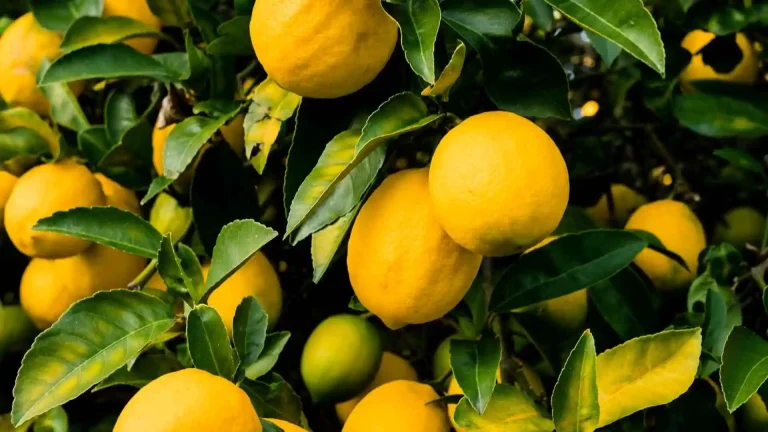Ultimate Guide to Tomato Gardening in 2025 – Tips, Tricks, and Expert Advice
Tomato gardening is a rewarding experience. However, beginners often face challenges like choosing the right variety and dealing with pests. In 2025, over 40% of new gardeners report struggles with these basics. The solution is simple. By following a few easy steps, anyone can grow healthy tomatoes at home.
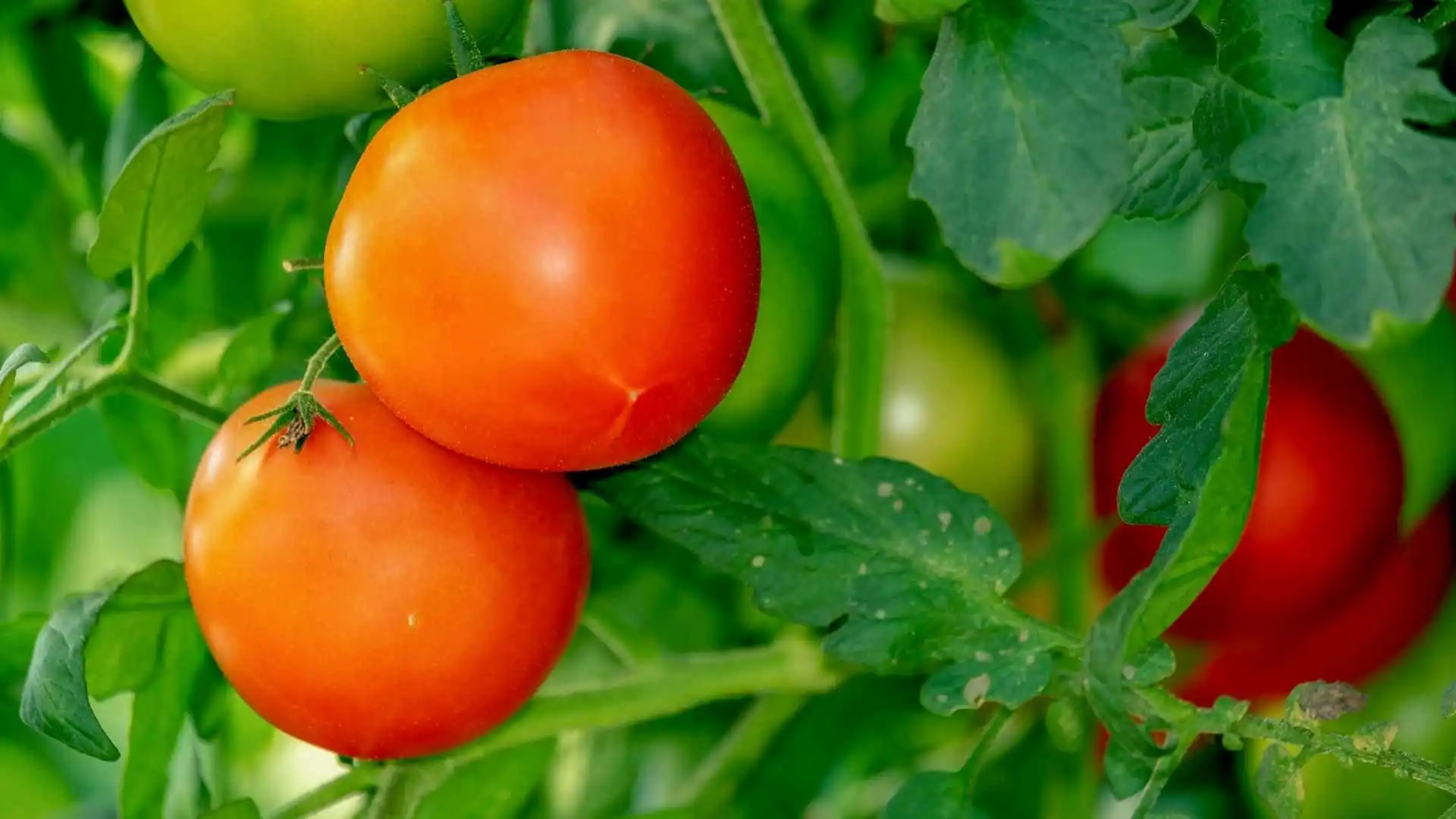
Start by planting in a sunny spot with well-drained soil. Water regularly, but avoid overwatering. Using seedlings instead of seeds can help you get a quicker start. With the right care, your tomatoes will thrive, whether indoors or outdoors.
If you’re interested in learning about grow Strawberry at home, please visit Strawberry Home Gardening.
How to Plant Tomatoes – Step by Step for Beginners
Planting tomatoes can be easy with the right approach. Start by selecting a good location and preparing your soil. Tomatoes prefer well-drained, rich soil with plenty of sunlight. Once your site is ready, you can begin planting.
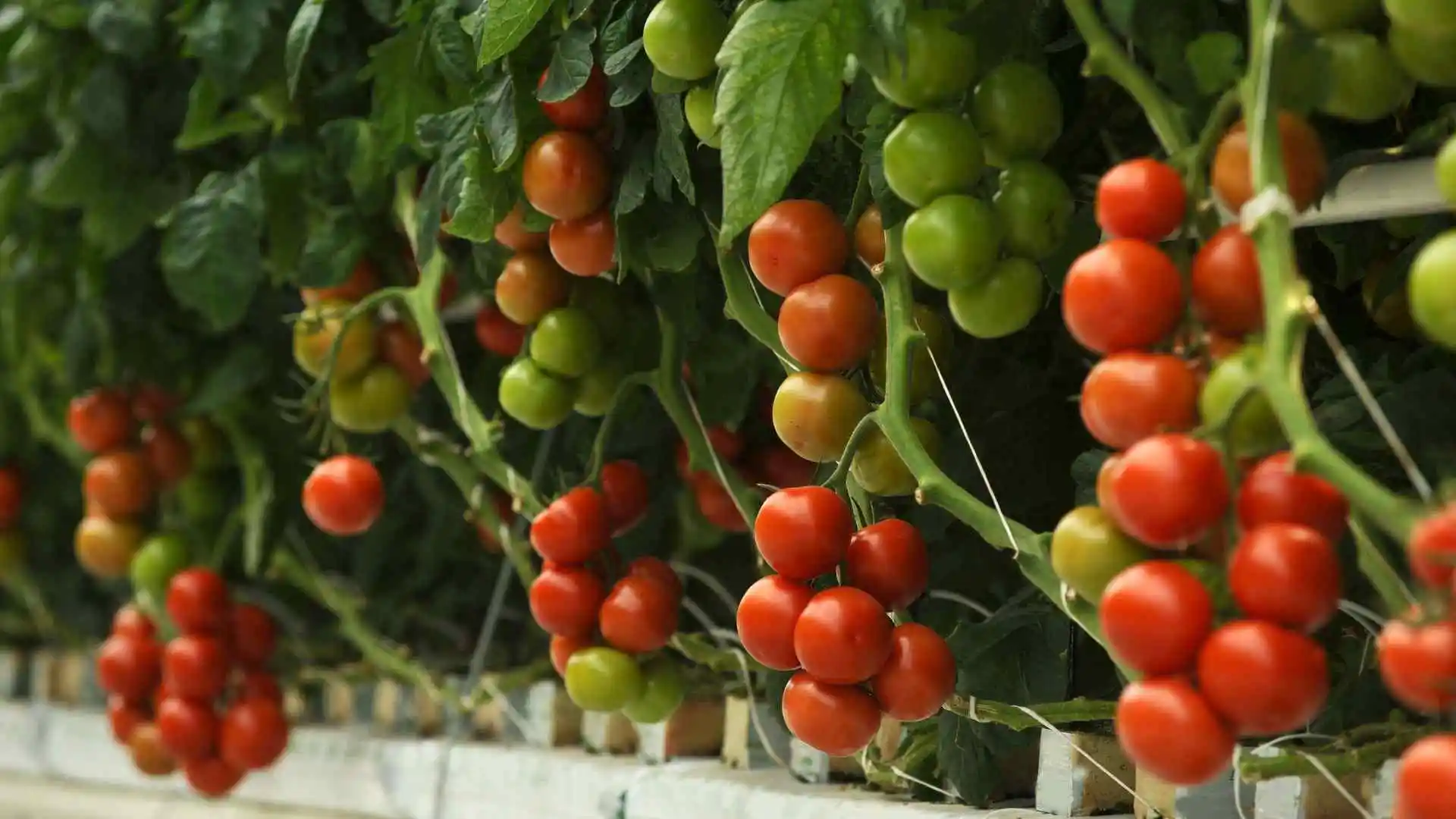
Essential Tools and Supplies for Planting Tomatoes
These tools can make your journey to tomato gardening easy.
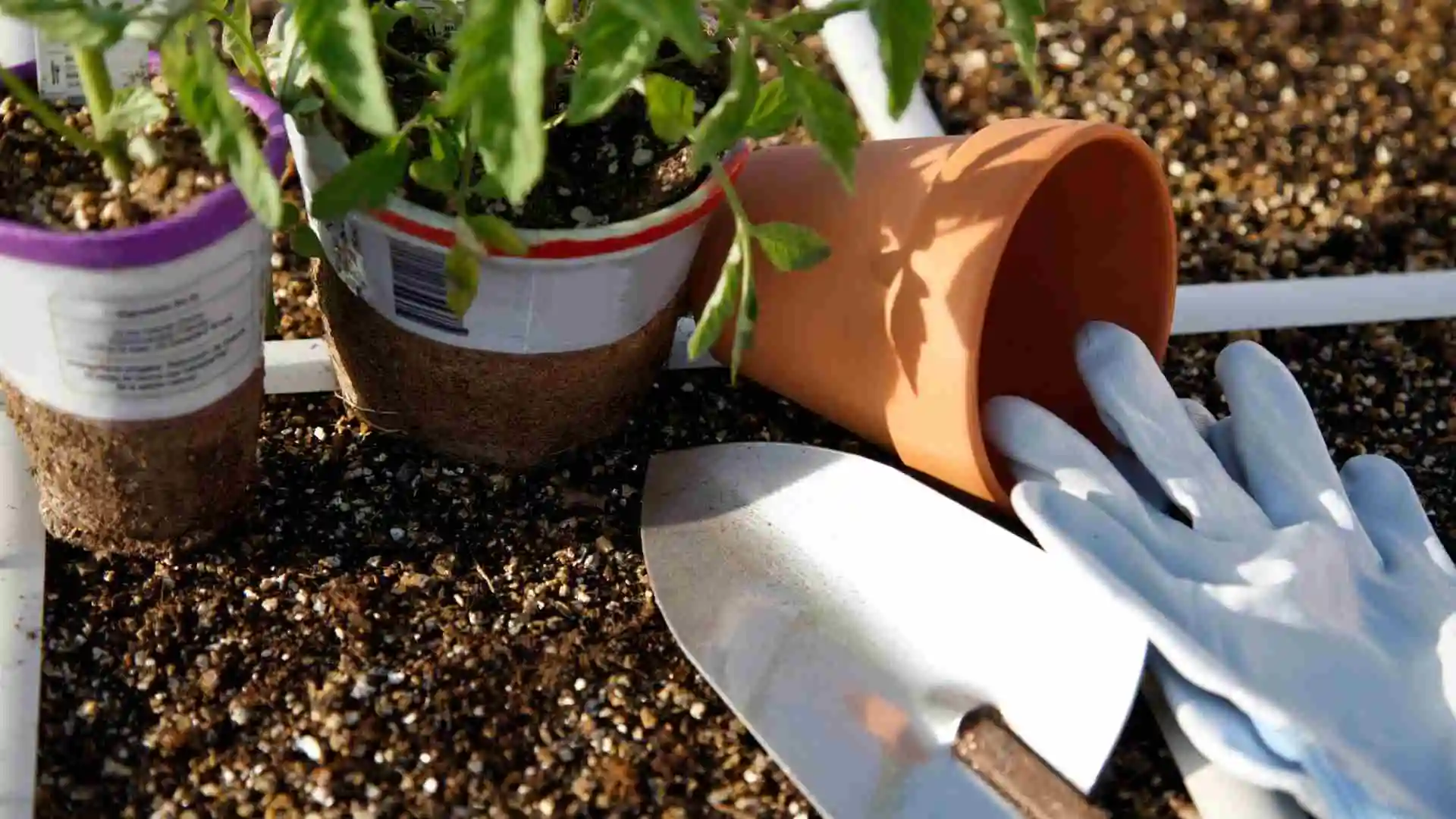
How to Choose the Right Tomato Variety for Your Garden
Different tomato varieties thrive in various climates and garden types. Choose varieties that match your growing zone and soil conditions. Cherry tomatoes are perfect for small spaces, while larger beefsteak types need more room. Also, consider disease resistance and growth habits for a better harvest.
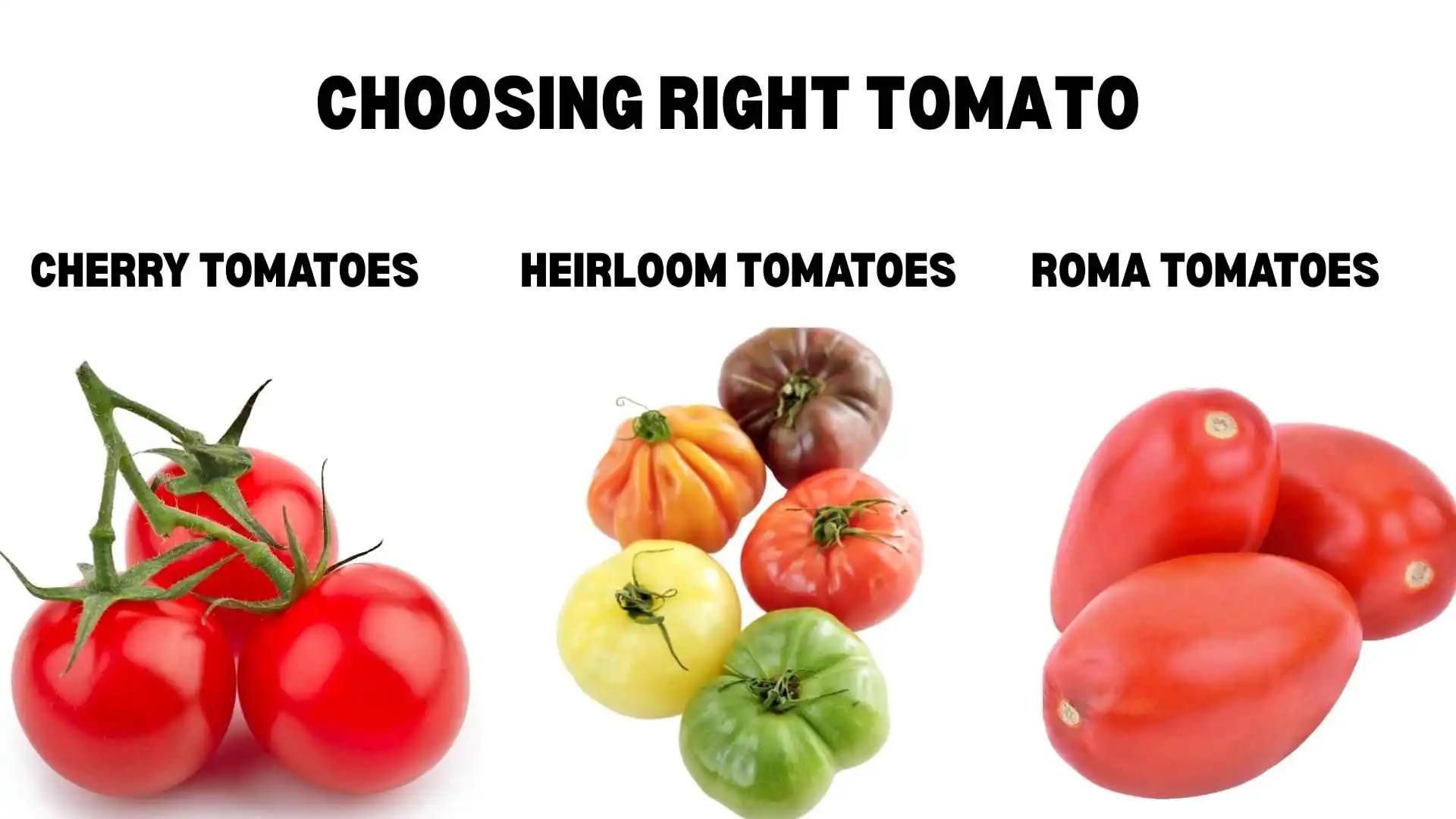
Here are some suggestions for selecting the right tomatoes to grow at home.
| Tomato Variety | Ideal Garden Type | Climate Suitability | Disease Resistance |
|---|---|---|---|
| Cherry Tomatoes | Small Gardens/Containers | Warm climates | High |
| Beefsteak Tomatoes | Large Gardens | Warm to moderate | Moderate |
| Roma Tomatoes | Raised Beds/Garden Rows | Warm to temperate | High |
| Heirloom Tomatoes | Large Gardens | Warm climates | Moderate |
Best Places to Grow Tomatoes – Location Matters
Location plays a key role in tomato gardening. Tomatoes need at least 6-8 hours of sunlight daily. Choose a spot in your garden with plenty of exposure to the sun. Good airflow is also important to avoid disease.
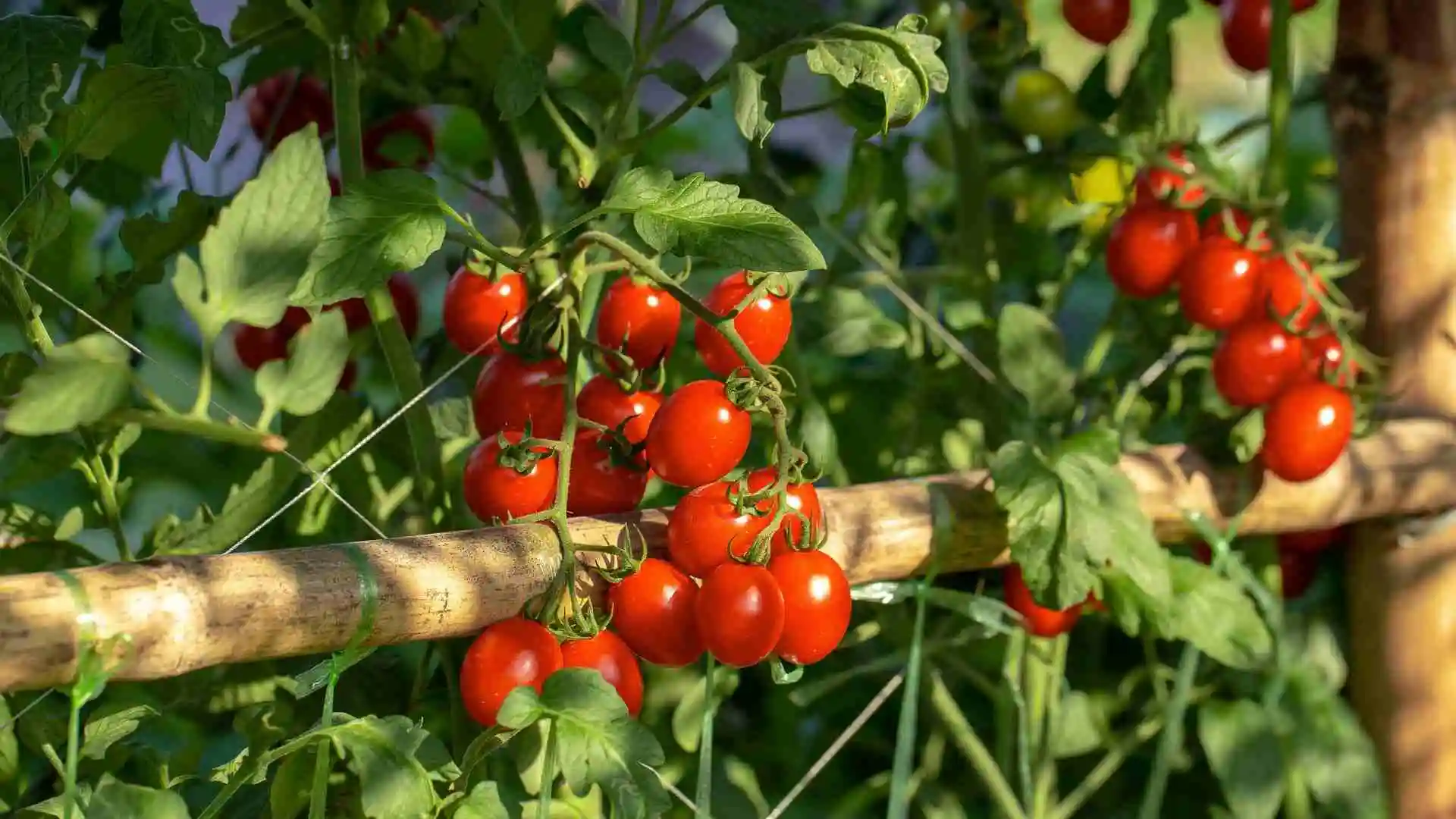
Choosing the Right Spot in Your Garden
Choose a well-drained area with rich, loamy soil. Avoid planting tomatoes where other nightshades, like peppers or potatoes, have recently grown. This can lead to soil-borne diseases. Raised beds are a great option if your soil quality isn’t ideal.
Can You Grow Tomatoes Indoors? Tips for Indoor Gardening
Yes, tomatoes can be grown indoors with the right care. Choose dwarf or small varieties that are well-suited for container growth. Place them in a sunny window, and provide supplemental lighting if needed. Keep the room temperature warm and ensure proper humidity levels for healthy growth.
How to Plant Tomatoes in the Ground – Simple Steps
Planting tomatoes in the ground requires some preparation. However, the process is straightforward. Start by selecting the right spot in your garden. Then, follow the proper planting steps.
Preparing Your Soil for Tomato Plants
Before planting, test your soil for pH levels. Tomatoes prefer slightly acidic soil (pH 6.0 to 6.8). Add organic matter like compost or aged manure to improve soil structure and drainage. Make sure the soil is loose and free from large clumps for easier root growth.
Proper Spacing and Depth for Healthy Tomato Growth
Proper spacing is crucial in tomato gardening for optimal growth. Plant your tomato seedlings 18-24 inches apart to allow proper air circulation. The planting hole should be deep enough to bury most of the stem. This encourages strong root development.
Proper spacing and planting depth are essential for healthy tomato growth. Use the following guidelines based on your planting method to ensure optimal development.
| Planting Method | Spacing Between Plants | Depth of Planting Hole |
|---|---|---|
| Direct Ground Planting | 18-24 inches | 2-3 inches above root ball |
| Raised Bed Planting | 18-24 inches | Same level as root ball |
| Container Planting | 12-18 inches | 2-3 inches above root ball |
Should You Start Tomatoes from Seeds or Seedlings?
Tomato gardening can start with seeds or seedlings. The choice depends on your goals and available time. Growing from seeds gives you control over the variety but requires patience. Seedlings offer a quicker start since they’re already a few weeks old.
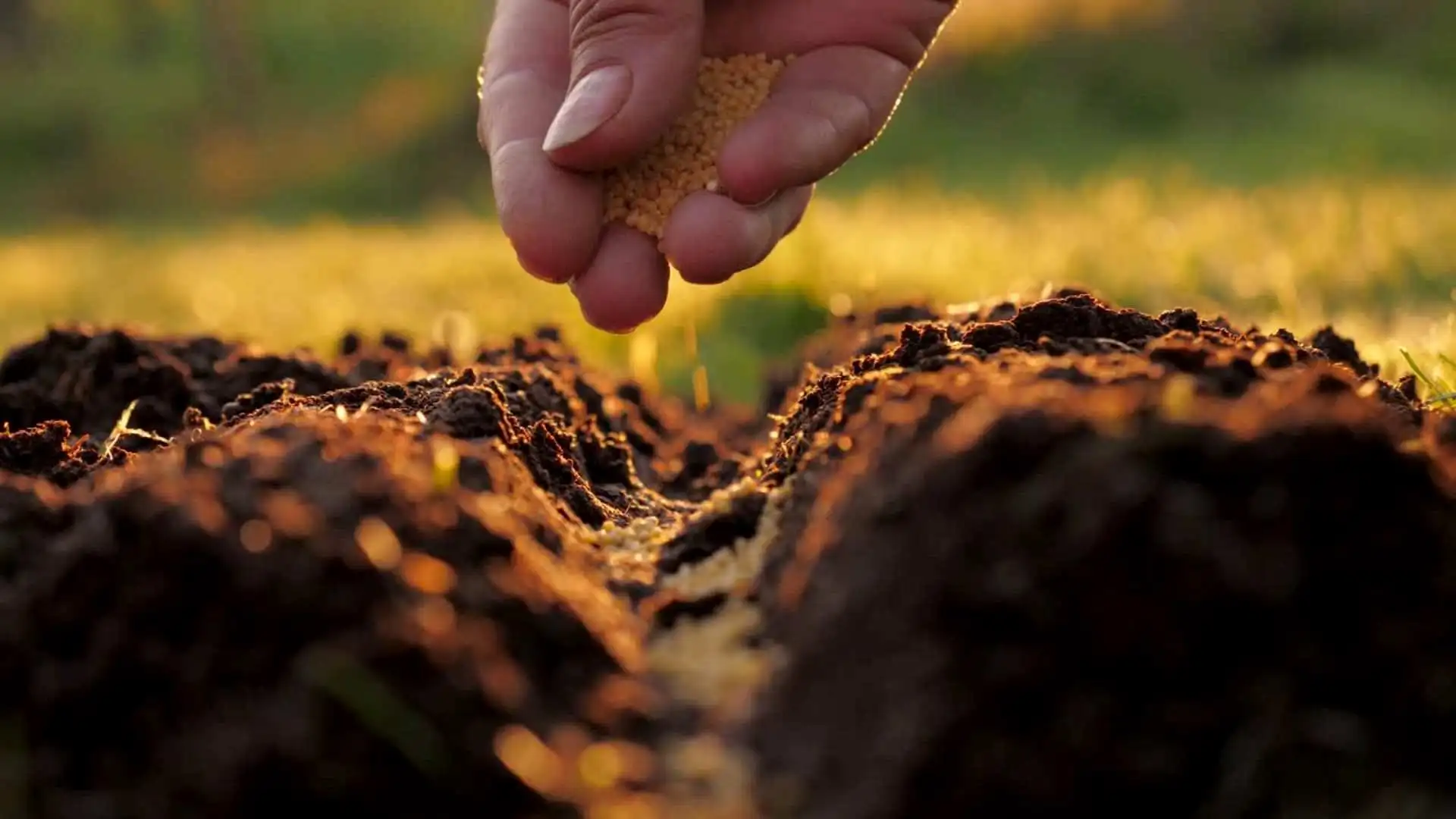
Understanding the Pros and Cons of Starting from Seeds
Pros of Starting from Seeds:
Cons of Starting from Seeds:
When to Choose Seedlings for a Head Start
Choosing seedlings gives a quicker start to your garden. It’s ideal for beginners or those in regions with shorter growing seasons. Seedlings offer immediate results with less effort since they’re already established. They’re ready to be transplanted as soon as the weather is warm enough, making them perfect for busy gardeners.
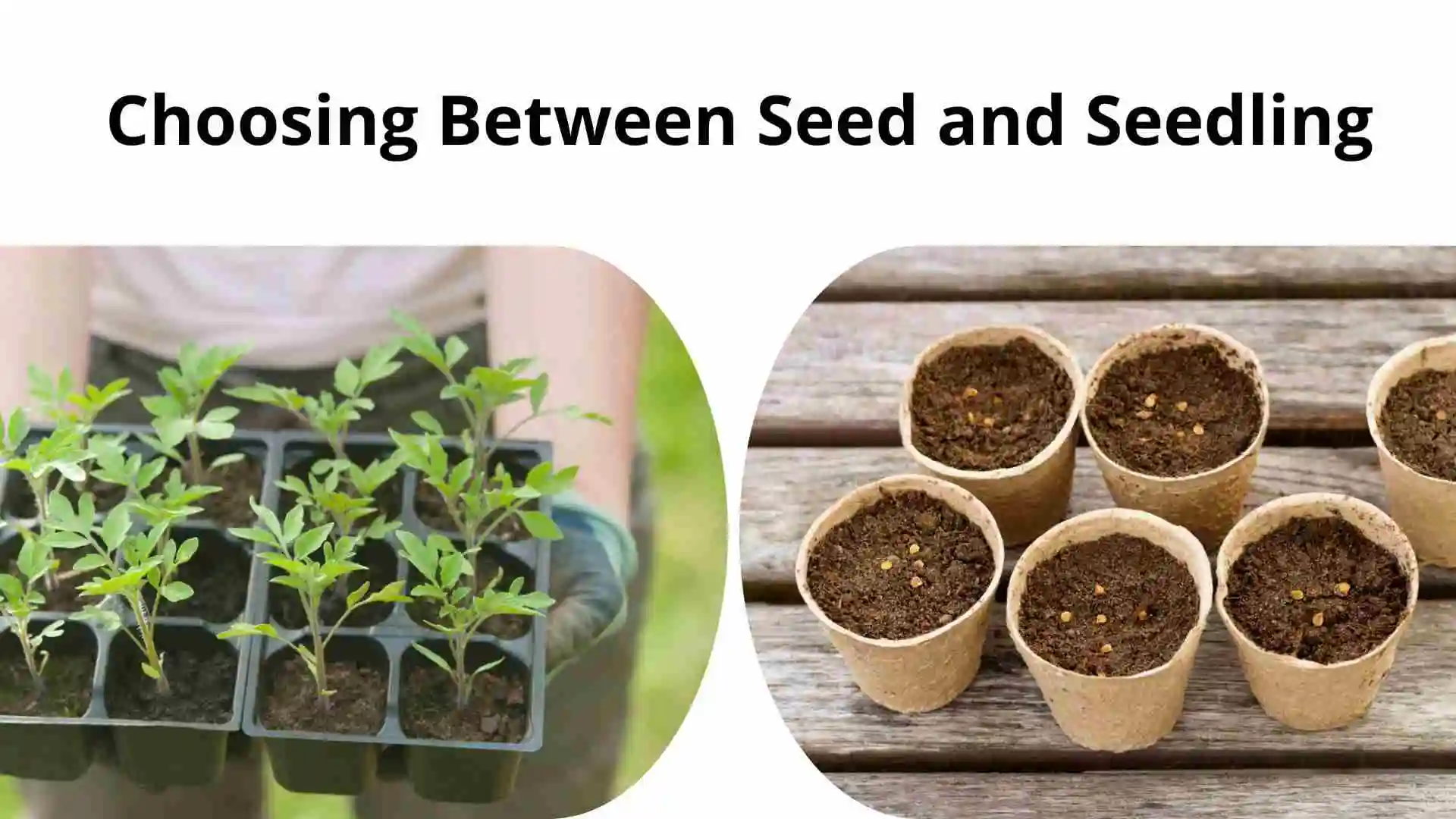
How to Care for Your Tomato Plants Throughout the Growing Season
Proper care ensures a productive tomato garden. Keep an eye on watering, nutrition, and plant support throughout the growing season. Regularly check for pests and diseases. Make adjustments based on weather conditions to maintain healthy plants.
Watering Tomatoes – How Much is Enough?
Tomatoes need consistent moisture to grow well, but avoid overwatering. Water deeply at the base of the plant, allowing the soil to dry out between waterings. Aim for about 1-1.5 inches of water per week, especially during hot weather.
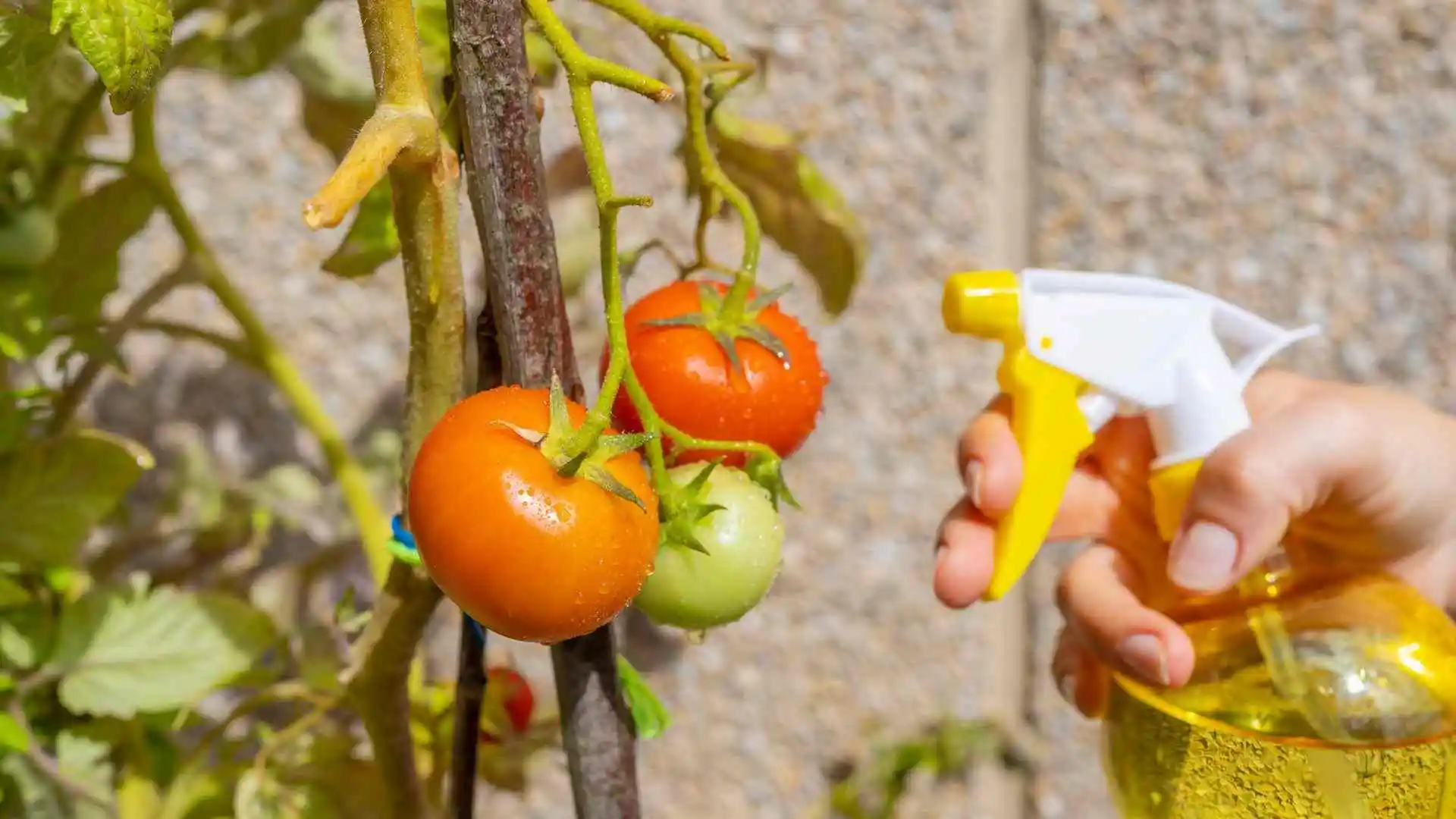
Proper watering is essential for healthy tomato plants, especially as weather conditions change. Below is a guide to help you adjust your watering schedule based on the weather.
| Weather Condition | Watering Frequency | Amount of Water |
|---|---|---|
| Hot, Dry Weather | Every 2-3 days | 1.5 inches/week |
| Mild, Humid Weather | 3-4 times/week | 1 inch/week |
| Cool, Wet Weather | Once a week | 0.5-1 inch/week |
Essential Tomato Plant Nutrition and Fertilization Tips
Fertilize your tomato plants regularly with balanced fertilizer for healthy tomato gardening. Start with a low-nitrogen fertilizer when planting your tomatoes. Once the plants begin to flower, switch to one higher in phosphorus and potassium to promote fruit growth. Too much nitrogen in your tomato gardening routine can lead to lush foliage, but it may reduce fruit production.
Supporting Tomato Plants – Staking and Caging Techniques
In tomato gardening, support structures are vital for healthy plant growth. Use stakes, cages, or trellises to support your tomato plants as they grow. Tie the plants to the support with soft materials to avoid damaging the stems.
Troubleshooting Common Tomato Problems – What to Do When Things Go Wrong
In tomato gardening, you may encounter a few problems, from pests to diseases. Identifying and addressing issues early is crucial for a successful harvest. Regular monitoring and preventive care can help you avoid many common tomato gardening challenges.
Identifying and Preventing Tomato Diseases
Tomato gardening can be impacted by diseases like blight and powdery mildew. Prevent these issues by practicing crop rotation and ensuring proper spacing between plants. Watering at the base of the plant and avoiding overhead watering can also reduce disease risks.
How to Deal with Pests Affecting Your Tomato Plants
Pests like aphids and hornworms can damage your tomato plants. In tomato gardening, organic pest control methods can be very effective. Use neem oil or insecticidal soap to manage these pests. Encouraging natural predators like ladybugs will help keep pest populations under control.
Pests can quickly damage your tomato plants, but identifying the signs early and using the right control methods can prevent major issues. The table below outlines common tomato pests and how to manage:
| Pest | Signs of Infestation | Control Methods |
|---|---|---|
| Aphids | Curling leaves, yellowing | Neem oil, insecticidal soap |
| Hornworms | Large green worms, defoliation | Handpicking, Bt spray |
| Whiteflies | Sticky leaves, yellowing | Yellow sticky traps, neem oil |
| Cutworms | Seedlings cut off at base | Diatomaceous earth, collars |
How to Harvest and Store Tomatoes for Maximum Freshness
Harvesting and storing tomatoes properly is key to maintaining their freshness after a long season of tomato gardening. Pick tomatoes when they are fully ripe for the best flavor. Store them at room temperature to preserve their taste and texture.
When is the Best Time to Harvest Tomatoes?
The best time to harvest tomatoes in tomato gardening is when they are fully ripe. They should have vibrant color and slight softness. Pick them when they’re ripe to avoid over-ripening. If you want to extend your harvest, pick slightly green tomatoes and let them ripen indoors.
How to Store Tomatoes After Harvesting: Tips for Longevity
After harvesting, store tomatoes at room temperature to preserve flavor. For longer storage, you can refrigerate them. However, keep in mind that refrigeration may affect the taste and texture. It’s best to consume refrigerated tomatoes within a few days.
Advanced Tomato Gardening Tips for Bigger and Better Yields
If you want bigger and better yields in tomato gardening, advanced techniques can help. Pruning your plants can promote healthier growth. Companion planting helps improve plant health and repel pests. These strategies will maximize your tomato harvest.
Pruning Your Tomato Plants for Healthier Growth
Pruning is an essential part of advanced tomato gardening. Remove any side shoots that grow between the main stem and branches. This allows better air circulation and directs energy toward fruit production. Proper pruning also helps reduce disease risks.
Pruning is crucial for encouraging healthy growth and maximizing your tomato yield. Follow these pruning actions at the right time to keep your plants strong and productive.
| Pruning Action | Benefit | Best Time to Prune |
|---|---|---|
| Remove side shoots (suckers) | Focus energy on fruit production | Early in the growing season |
| Trim dead or damaged leaves | Improve airflow and reduce disease risk | Throughout the growing season |
| Pinch off lower leaves | Prevent contact with soil to reduce diseases | During flowering stage |
Companion Planting – Which Plants Help Your Tomatoes Thrive?
In tomato gardening, companion planting can enhance plant growth. Basil, garlic, and marigolds are excellent companions for tomatoes, as they repel pests and improve flavor. Companion plants can help improve overall health and yield of your tomato plants.
Conclusion
Tomato gardening is a fun and rewarding hobby, even for beginners. By following simple steps, anyone can grow healthy and delicious tomatoes. Start by choosing the right variety and preparing your soil well.
Water your plants regularly and give them the proper support as they grow. Keep an eye on pests and diseases to keep your plants strong. With a little care and attention, you’ll be able to enjoy fresh tomatoes from your garden.

